Contemporary art has a very broad context. Olga Baturina, a well-known art critic, professor of the Kazakh National Academy of Arts named after Zhurgenov, helped us to understand the terms and the topic.
Contemporary art is also referred to as radical, actual or modern art.
– – Olga Vladimirovna, where does the contemporary art begin?
- Contemporary art is not something separated from the rest of art, but a continuation of a common process. The history of art is a reflection of the epoch. The further into the depths of the centuries, the slower time went: ancient Egypt lasted two thousand years, ancient Rome lasted a thousand years. Then everything accelerates: the Renaissance era is already two hundred years old. In the XVII century in one centenary, there were two great styles: Baroque and Classicism. Since the XVIII century, there were not styles, but trends have appeared: impressionism (Van Gogh, Gauguin). After them, the Cubists has appeared in the XIX century, and in the XX century - there are many ways were popular the same time. Contemporary art appears in the last years of the XX century. The whole XX century is a continuous experiment and rejection. The Futurists said that "museums are cemeteries of art and wrote “Manifesto against Montmartre." They said that "a bolt turned on a machine is more beautiful than the torso of the Venus de Milo." But nihilists protesting against the old styles simultaneously interacted with the old. For example, Picasso has a huge number of interpretations of Velasquez. Because in fact, art is an endless dialogue: not only between the artist and the viewer, but also between one artist and another.
– Tell us, what do you think about new trends in art?
Digital art – is a new tool. I know artists who uses it to create masterpieces. For example, Nadezhda Besedin, graphic art illustrator, author of the most terrible eposes – "Kalevala". It is possible to work with existing patterns and create something even more interesting. There are artists who work the same way as if they were drawing with a pencil or pen. It seems to me that, as in any other styles in art, there will be its own success and failure.
– How do you feel about the Damien Hirst works as one of the most expensive artists?
I had a personal experience of looking at Hirst's work up close when his exhibition was held at our Kasteyev Museum. I went there thinking, Hirst has nothing to do with art and I would expose him. The exhibition was called "Pharmaceutic – a new Religion". That, we have become addicted to drugs without even knowing. We are slaves of medicines. The exhibits were not handmade works – everything were sealed, all made of medicine. The second part of the exhibition consisted of live butterflies. He let them fly in the room where were canvases painted in blue. Butterflies would stick there. On the one hand, I pitied them, because they were still alive, on the other hand – amazingly beautiful. They showed a film about Hearst: his favorite artist is Beckman. Beckman is a London school. London artists of the XX century talk about pain, loneliness, destruction, deformation of a person, how the modern world breaks the humanity in a person. It's a terrific art, it's heavy. Hirst doesn't look at all like Beckman, but, oddly enough, he also talks about death. In Hirst's works “death” is not something scary, it more like a toy, because he works in the space of collective consciousness.
– When did modern art appear in Kazakhstan?
In the 90s, in Alma – ata contemporary art center has appeared. And, this center initially generated the birth of a whole generation of artists who began to engage in new art formats. For example, Said Atabekov, Saule Suleimenova and Almagul Menlibayeva.
– Can murals be attributed to art? What is their purpose?
Murals humanise the city. This is an art that directly appeals to the citizens. We begin to feel the city, it speaks to us with a human voice, not a government one. The city is the same jungle, the same stress that primitive man had, and such art is life–saving. It seemed to me that our “squirrel” installation is from the same series: it was ridiculous, huge, and had nothing to do with art, but it was defusing tension. I didn't see a single person who looked at the installation seriously.
– What problems are contemporary artists talking about?
Artists feel the value devaluation in human himself. We live in a time when the system is way more important than a human. We are told all the time: "There are no irreplaceable individual." For example, the Renaissance era was based on personality: Columbus was his own commander, even captain and all at once. Leonardo was exactly the same: no one controlled his fate; he was an absolutely autonomous individual. The Renaissance is the era of people who are responsible for themselves. And we live in an era when we are part of the system. And we feel it all the time. Modern artists pay attention to the fact that human value is disappearing.
Kazakhstan contemporary art artists are very passionate about politics and protests. It's not bad or good, however they should understand that it is temporary. Everyone will forget what the regime we had and the politics were at the time, whereas the eternal art is about everything. Shakespeare also talks about the power struggle, betrayal, treachery on the example of some kings, but it is eternal.
Modern artists can say that they should not please anyone. For example, Henri Matisse and Picasso live at the same time, in the same city, experiencing the same events, but Picasso shows us how our world is being destroyed. Whereas, Matisse shows with the same passion and talent how beautiful the world is. The more difficult a person's life will get, the more important the art will become: the soothing, joyful which will fill you with life, without ruining.
Kamila Sadykova, especially for "Art of Her"

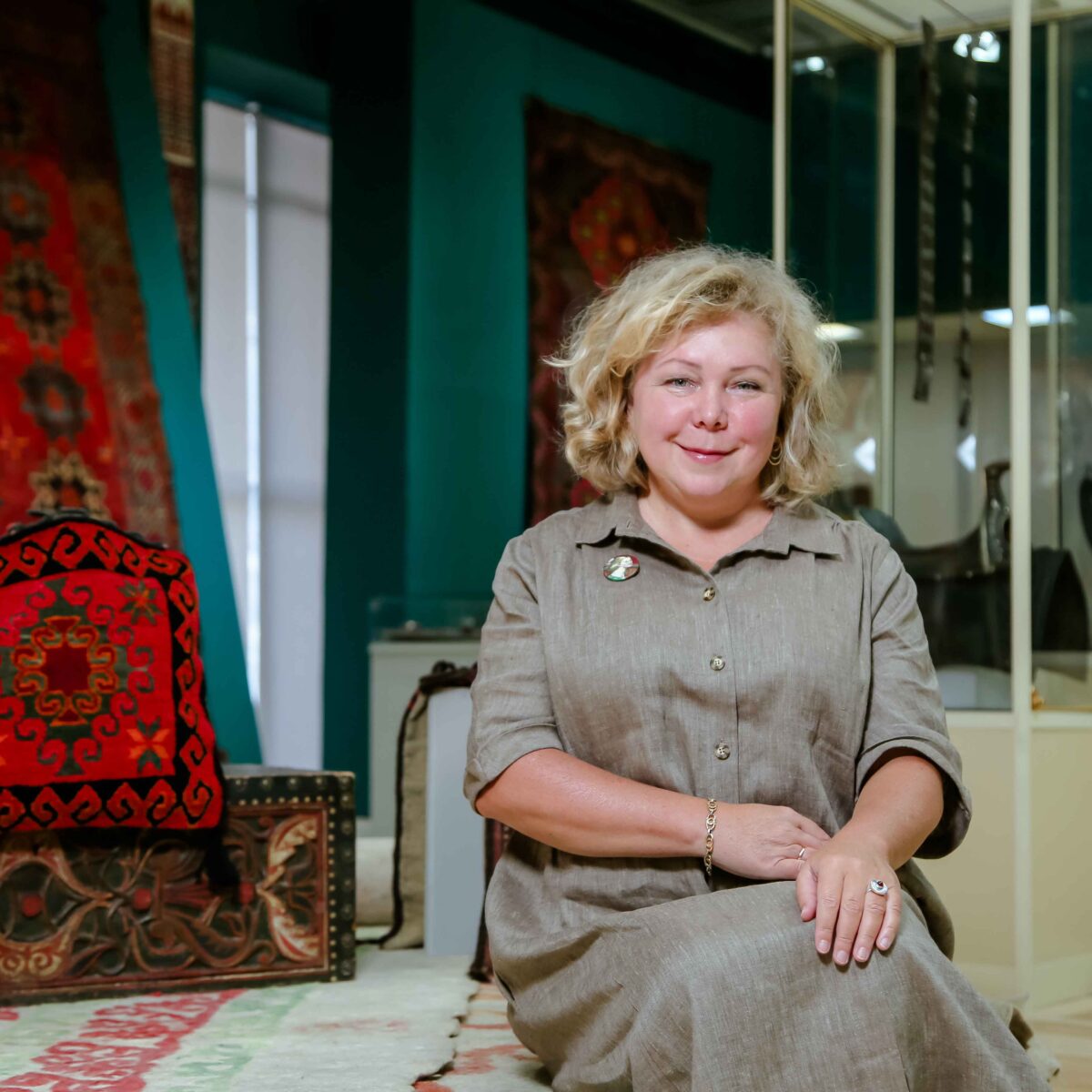
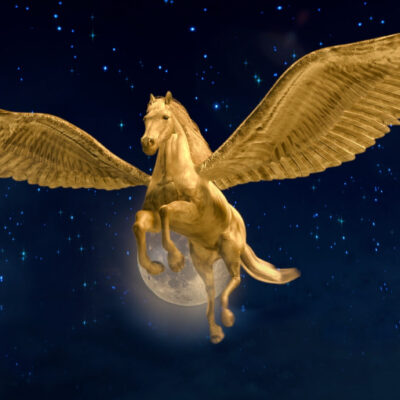
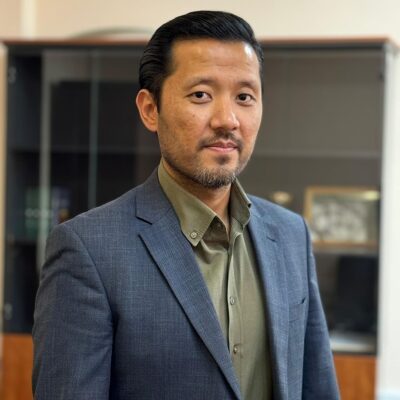
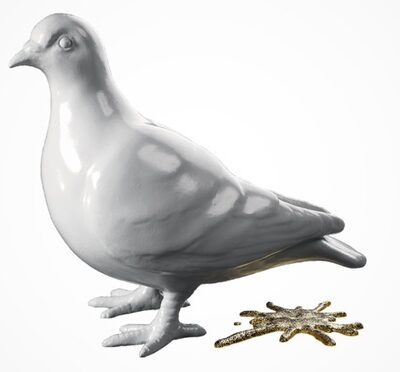
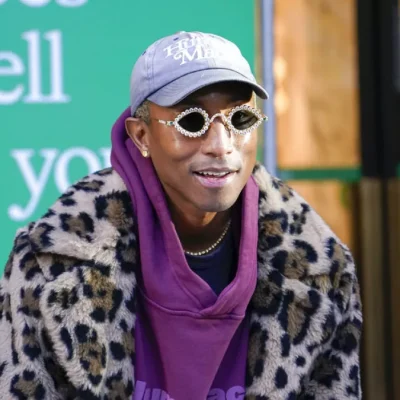
Aspan Gallery
Sergey Maslov's exhibition "Dream Catcher"